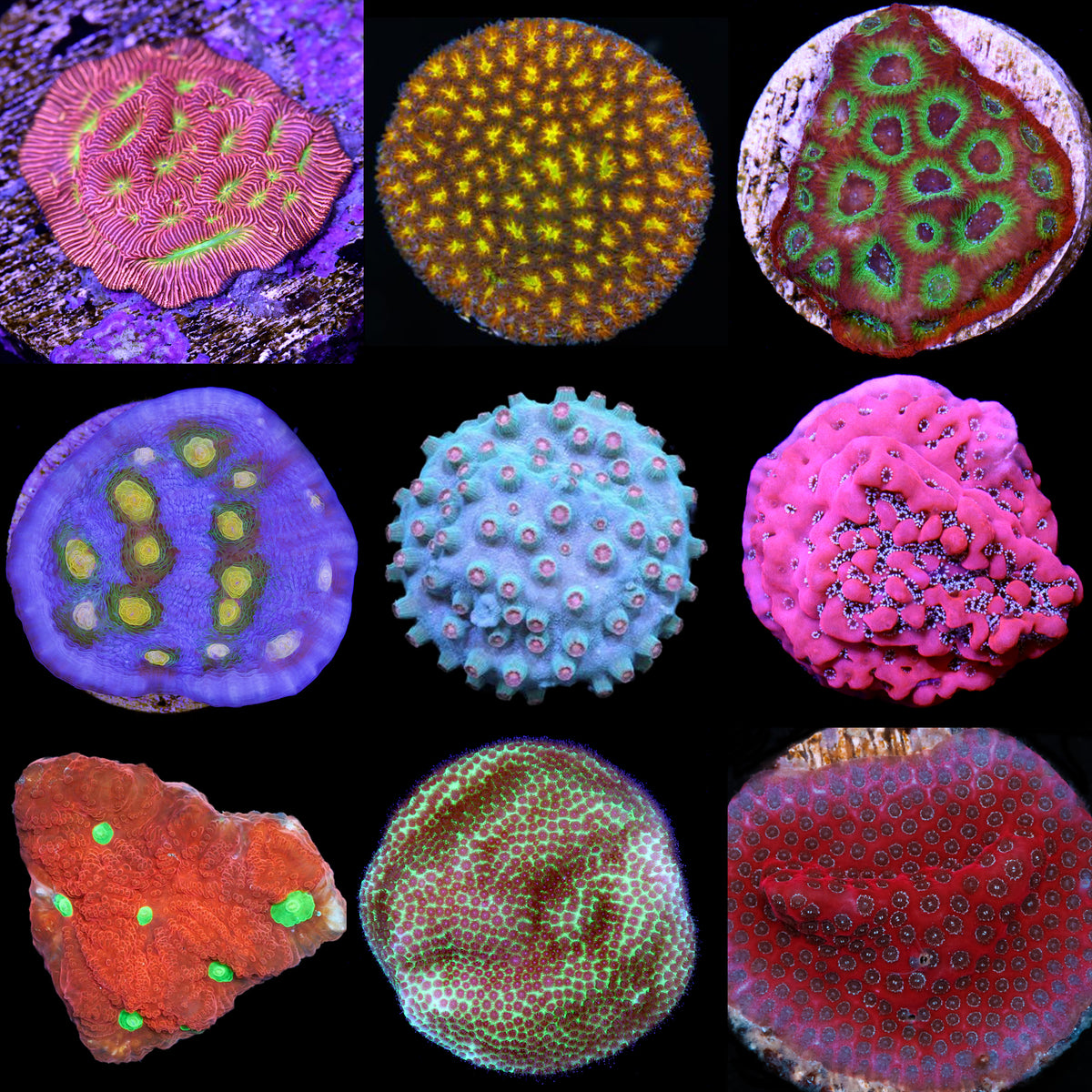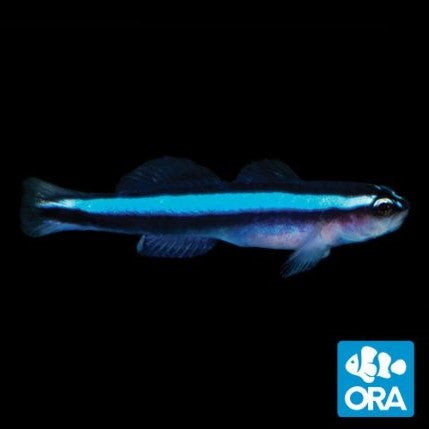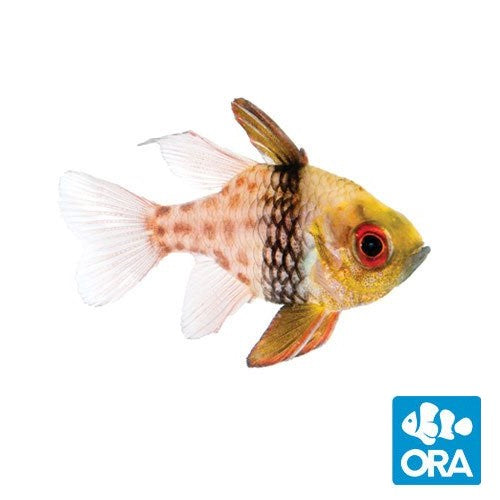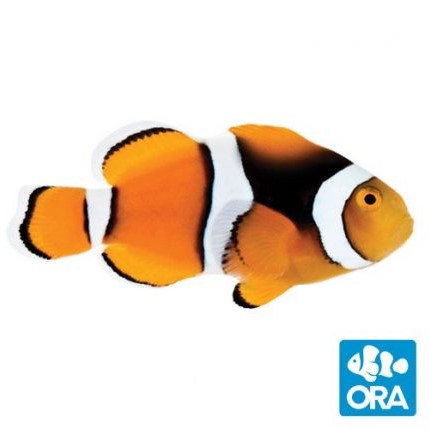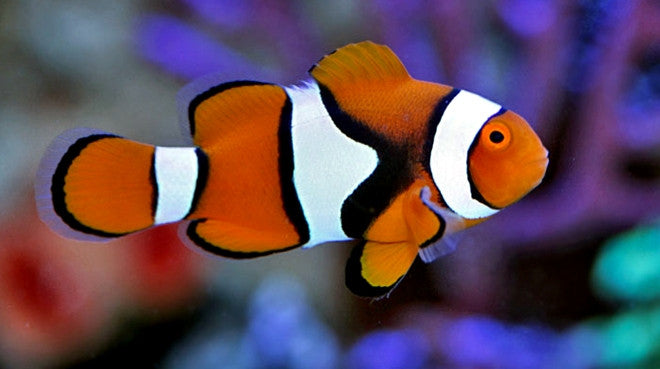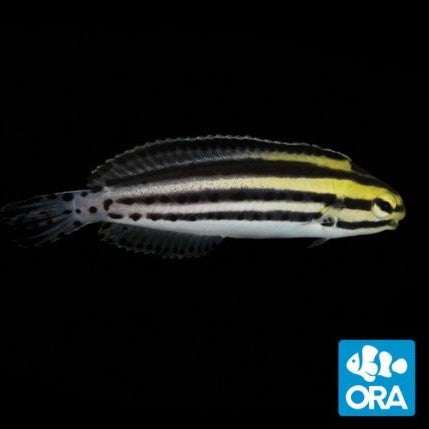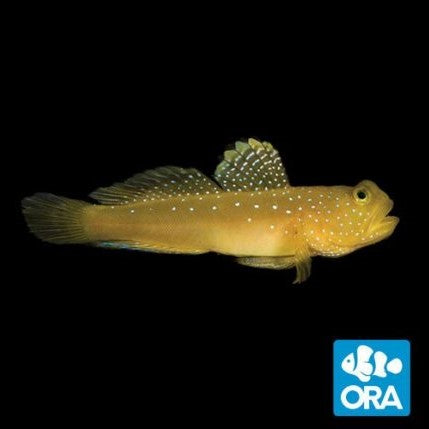Live Coral and Saltwater Fish
Shop our extensive list of corals and saltwater fish. Expert hobby advice.
from
$ 29.99
Sold Out -
$ 29.99
Sold Out -
$ 29.99
Sold Out -
$ 39.99
Sold Out -
$ 29.99


